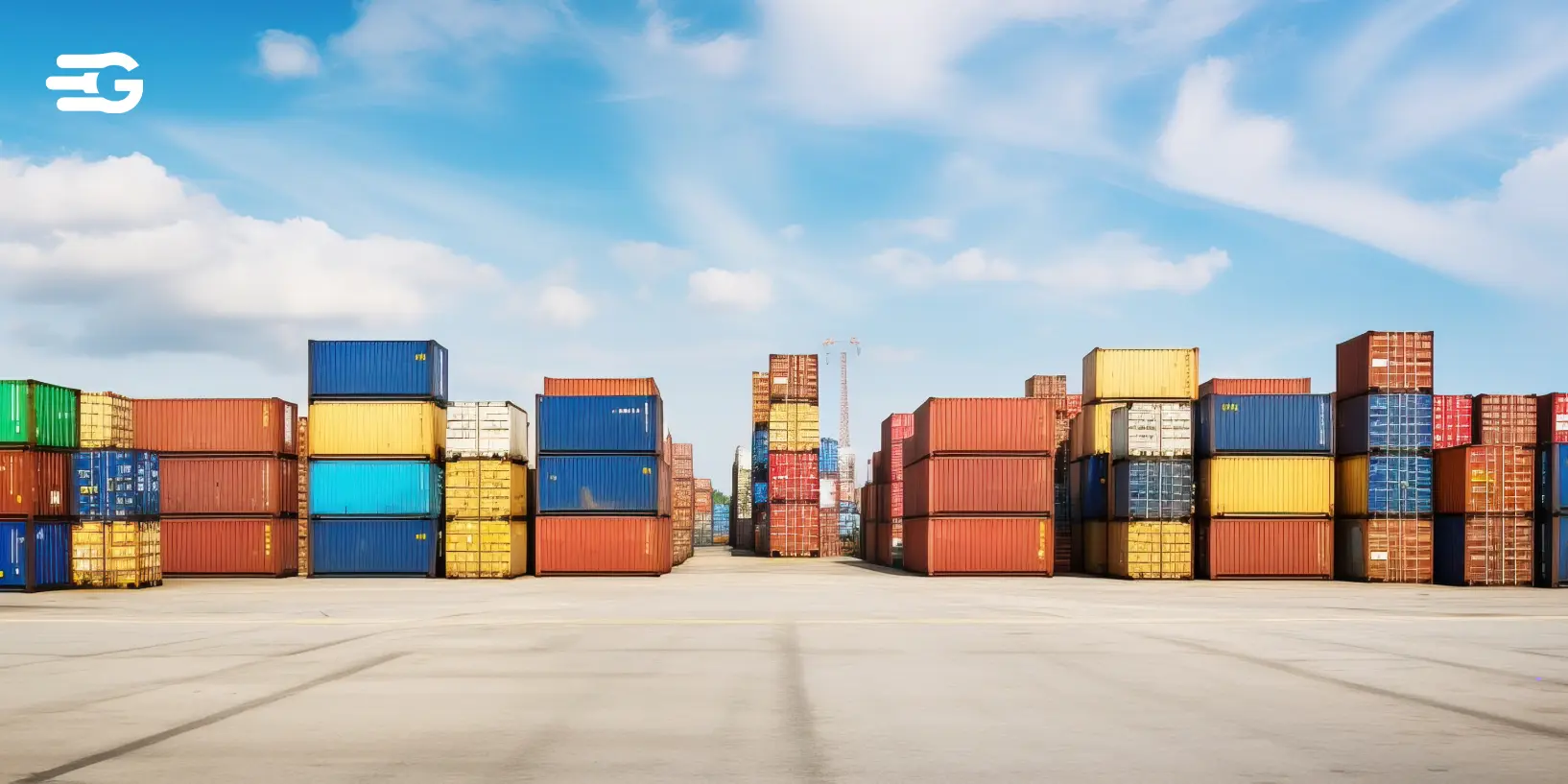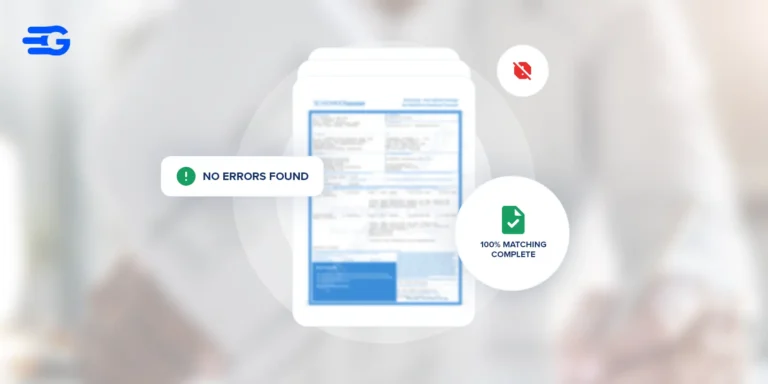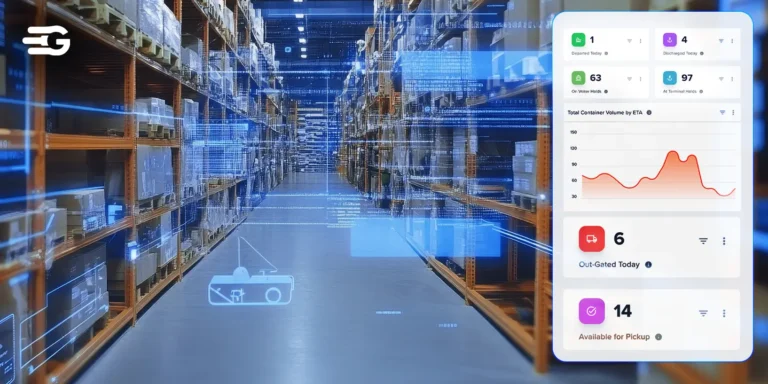15 Supply Chain Best Practices to Adopt in 2026
In 2026, managing a supply chain isn’t just about moving products anymore. It’s about being flexible and using the right tools to keep things running smoothly, no matter what comes your way. If your supply chain isn’t adaptable or efficient, you’re going to fall behind.
This article will cover 15 supply chain best practices. You’ll learn how to make things work better, faster, and more cost-effectively. Curious about the trends driving these changes? Let’s start by unpacking what’s really shaking up the supply chain world.
Overview of Key Trends Impacting Supply Chains in 2026
The supply chain space in 2026 is all about staying agile and future-ready.
As businesses deal with shifts in global trade, rising tech integration, and changing customer demands, supply chains are becoming a real strategic advantage. Here’s a breakdown of the trends you need to know about.
- Digital Transformation: Automation, AI, and IoT are central to the evolution of modern supply chains. These technologies aren’t just nice-to-haves anymore; they’re game-changers. From predictive analytics that help with forecasting demand to AI-driven automation that cuts down on manual errors, digital tools are reshaping how businesses operate, boosting efficiency and decision-making speed.
- Sustainability and Risk Resilience: Environmental impact and business continuity are more critical than ever. Companies need to integrate supply chain best practices focused on sustainable operations, not just to stay compliant but to meet customer expectations. Meanwhile, resilience has become a priority; building supply chains that can weather disruptions, whether from climate events, geopolitical instability, or supply shortages.
- Customer-Centric Supply Chains: Customers want more than just a product. They want it fast, in perfect condition, and with the least amount of friction possible. In 2026, businesses are enhancing their supply chain strategies to improve the customer experience. Whether it’s through faster delivery, better product availability, or increased transparency in the process, supply chains are becoming more aligned with the end customer’s expectations.
These trends are shaping the way businesses need to operate.
The next steps are about embracing supply chain best practices that help you stay competitive.
The 15 Supply Chain Best Practices
Now that we’ve discussed key trends that impact the supply chain, let’s now dive directly in best practices.
1. Automation & Robotics
Automation cuts down on human error and speeds up processes, especially in warehouses. Robotics handle repetitive tasks like picking and packing with more accuracy and less time wasted. It’s not just about cost-saving, it’s about improving operational flow and getting more done, more efficiently.
In fact, AI alone is expected to cut supply chain and logistics costs by up to 15%, streamlining processes while improving decision-making.
2. AI and Machine Learning
AI and Machine Learning are central supply chain best practices that help predict demand and optimize inventory management. It makes smarter decisions as it learns from data, so you’re always one step ahead of potential issues. This system isn’t just automated; it’s constantly improving to keep your supply chain in sync with market shifts.
3. Real-Time Data Visibility
When it comes to managing modern supply chains, real-time data visibility is critical. In fact, just 43% of organizations currently have visibility into Tier 1 supplier performance. Without this level of transparency, it’s nearly impossible to avoid disruptions or optimize processes effectively.
With advancements in technology, businesses now have access to powerful tools that offer full visibility across their entire supply chain, giving them the ability to react to issues before they escalate.
4. Supply Chain Resilience
Supply chains need to be flexible enough to recover from disruptions quickly. That means having backup suppliers and adaptable logistics in place.
Essentra, for instance, improved its operational efficiency significantly by adopting supply chain best practices through GoComet’s platform. With the help of GoTrack and GoInvoice, they were able to streamline their operations and overcome delays and inefficiencies that had previously hindered their supply chain resilience.
Resilience ensures that no matter what comes up, whether a crisis or a sudden demand spike, you can pivot and keep operations running smoothly.
5. Sustainable Practices
Sustainability has become a business essential. From reducing waste to optimizing transport, every green initiative helps lower costs and strengthen your brand’s image. It’s about being eco-conscious while staying competitive in a market that values responsible practices and expects companies to lead by example.
6. Agile Planning
Agility in supply chain planning means being ready for anything. Agile planning lets you quickly adapt to shifts in the market, whether it’s a change in demand or unexpected delays. It’s about being flexible and proactive, so you can stay ahead without being caught off guard.
7. Digital Twin Technology
Digital twins create virtual models of your supply chain, helping you test scenarios and optimize operations before making changes. This lets you spot inefficiencies, avoid disruptions, and plan better.
By simulating processes, you can fine-tune strategies without the risk of trial and error. To explore how this could work for your business, you can schedule with calendly and connect with our team for a demo.
8. Collaborative Ecosystems
Building stronger partnerships through supply chain best practices with suppliers and logistics providers through integrated platforms fosters better communication and efficiency.
By sharing data and aligning goals, you can streamline processes and respond to challenges faster, ultimately improving overall supply chain performance.
9. Advanced Forecasting
Supply chain best practices like advanced forecasting use big data to predict demand more accurately. This helps you avoid overstocking or running out of inventory. By analyzing trends and patterns, you can make smarter purchasing and production decisions, ensuring your supply chain stays balanced and efficient.
10. Integrated Technology Solutions
Integrating your supply chain systems, such as ERP and TMS, is a key supply chain best practice to unify operations. It reduces the complexity of managing different platforms. This ensures seamless data flow across the board, improving visibility, reducing errors, and boosting overall productivity by connecting all aspects of the supply chain.
11. Customer-Centric Supply Chains
Putting the customer at the center of your supply chain strategy is a core supply chain best practice. It helps improve service levels and satisfaction. From faster delivery to better order tracking, a customer-centric approach ensures that every part of your operation works toward meeting the end-user’s expectations.
12. Cybersecurity Measures
With the rise in digital supply chain tools, cybersecurity is more crucial than ever. Protecting your data from cyberattacks and unauthorized access safeguards your operations and ensures customer trust. Strong security measures across your systems help prevent breaches and minimize potential downtime.
13. Adaptive Logistics
Adaptive logistics means designing flexible transportation and distribution systems that can adjust to changes quickly. Whether it’s a sudden route disruption or a change in delivery deadlines, having adaptable logistics ensures that your products reach customers on time, no matter the challenge.
14. Supplier Diversity
Diversifying your supplier base reduces risk by ensuring you have multiple options if one supplier falls through. It also fosters innovation, as different suppliers bring unique approaches and solutions. This flexibility keeps your supply chain robust and adaptable to changing circumstances.
15. Continuous Improvement Culture
Adopting a culture of continuous improvement means always looking for ways to refine processes, cut costs, and boost efficiency. Encouraging ongoing training and feedback ensures that your team is always evolving and finding better ways to meet the needs of the business and customers.
Final Thoughts
As we move further into 2026, staying ahead in the supply chain game is no longer optional. It’s about embracing supply chain best practices that leverage technology and efficiency to ensure your business can adapt to whatever comes next. Implementing these best practices will set you up for smoother operations and long-term success.
If you’re looking to implement supply chain best practices, it’s time to see them in action, it’s time to see them in action. Book a demo today and we’ll walk you through how we can help optimize your operations.





